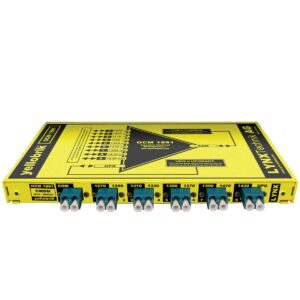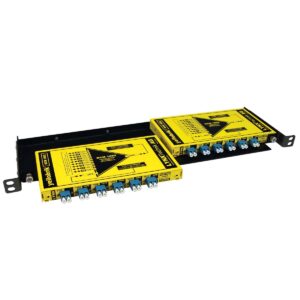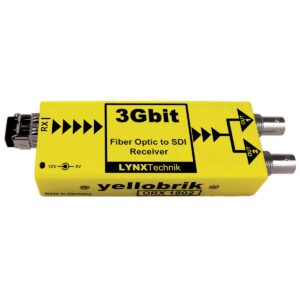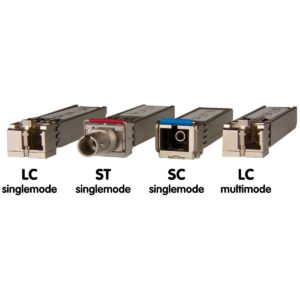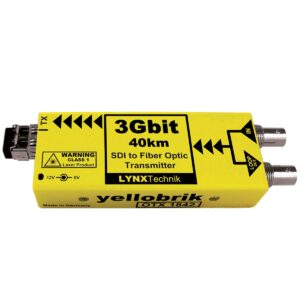Loma Linda University Hospital Cable TV Chooses LYNX Technik yellobrik for Fiber Upgrade
Loma Linda University Medical Center’s Cable TV and Media Services is using LYNX Technik yellobrik CWDM fiber solutions for transporting HD content for its televised meetings.
 THE CHALLENGE The key challenge for LLUMC was to have the ability to transport high definition recorded hospital team meetings from the main campus to its Cable TV and Media Service department, which is almost 4 miles away, all while utilizing a minimum number of fiber strands.
THE CHALLENGE The key challenge for LLUMC was to have the ability to transport high definition recorded hospital team meetings from the main campus to its Cable TV and Media Service department, which is almost 4 miles away, all while utilizing a minimum number of fiber strands.
THE SOLUTION LLUMC opted for the CWDM yellobrik solutions from LYNX Technik, which have aided in the elimination of the typical transport and set-up of equipment required to record and televise each hospital meeting.
Dubbed the “Grand Rounds Capture Project,” remote control cameras have been permanently fixed in four conference rooms, and are controlled by the Cable TV and Media Services department miles away, thus eliminating set-up time and labor for each meeting shoot.
The yellobrik solutions have also reduced the high cost associated with leasing multiple fiber strands to deliver content, due to the fact that all the SDI feeds are delivered over a single fiber.
The LYNX Technik yellobrik transmitter and receiver fiber solutions convert the SDI video signals from the cameras at each conference room within different areas of the hospital.
The SDI signals converge at a fiber tree, where they are combined using the yellobrik multiplexer that supports 18 channels of optical signals on a single fiber. The SDI output is subsequently transported using the yellobriks over a single fiber to the central master control room almost 4 miles away. The yellobrik multiplexers at the control room split the input into its individual signals and feed a router for delivering the signals to their appropriate control room workstations. At this point, the broadcast-quality signals are available to use as is, or can be compressed for VOD streaming or storage.
The yellobriks interface seamlessly with the entire infrastructure of equipment at LLUMC including Panasonic cameras, a Blackmagic ATEM switcher that they feed sources to, LCD projectors, as well as audio tools. The SDI feeds transported by the yellobrik system bypasses streaming through the IS network, which minimizes bandwidth usage.
According to LLUMC, the LYNX Technik was the only manufacturer at the time to offer the required affordable solution that allows them to save on multi-strand leasing and supports the full 18 optical wavelengths of CWDM coverage. This allows LLUMC to maximize the number of HD-SDI feeds they can carry per strand of fiber.
“The yellobrik solutions from LYNX Technik have aided in the completion of one of our largest buildouts for recording, televising, streaming, and archiving our hospital meetings,”
comments Gary Schiller, Senior Engineer, Cable TV and Media Services.
“The yellobrik technology works perfectly with our entire infrastructure and we are proud of what we have accomplished for the Medical Center. In addition, their service has been outstanding, and the entire LYNX team has 100% backed their technology.”
The yellobriks interface seamlessly with the entire infrastructure of equipment at LLUMC including Panasonic cameras, a Blackmagic ATEM switcher that they feed sources to, LCD projectors, as well as audio tools.
The SDI feeds transported by the yellobrik system bypasses streaming through the IS network, which minimizes bandwidth usage.
According to LLUMC, the LYNX Technik was the only manufacturer at the time to offer the required affordable solution that allows them to save on multi-strand leasing and supports the full 18 optical wavelengths of CWDM coverage. This allows LLUMC to maximize the number of HD-SDI feeds they can carry per strand of fiber.
View / Download the PDF version


